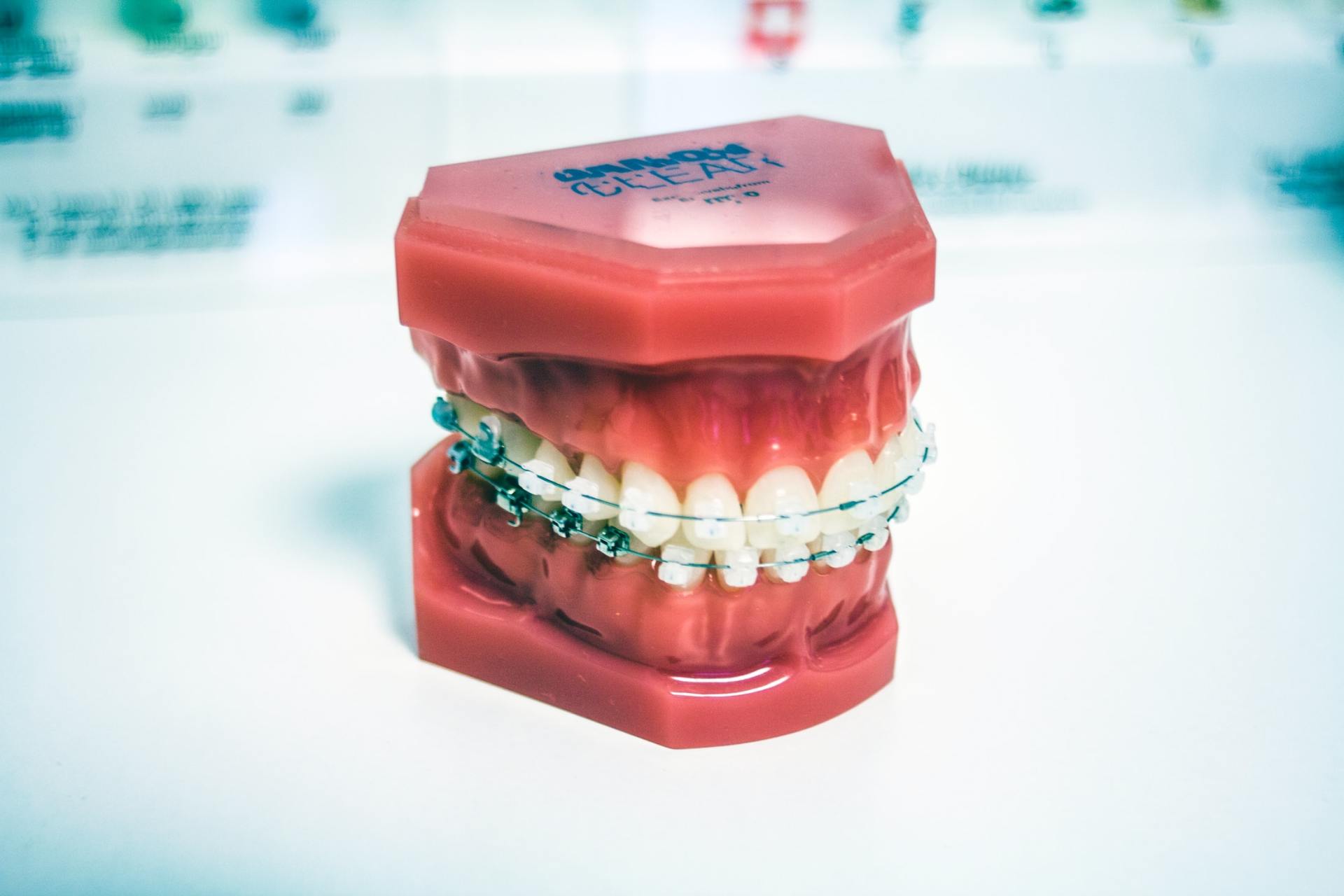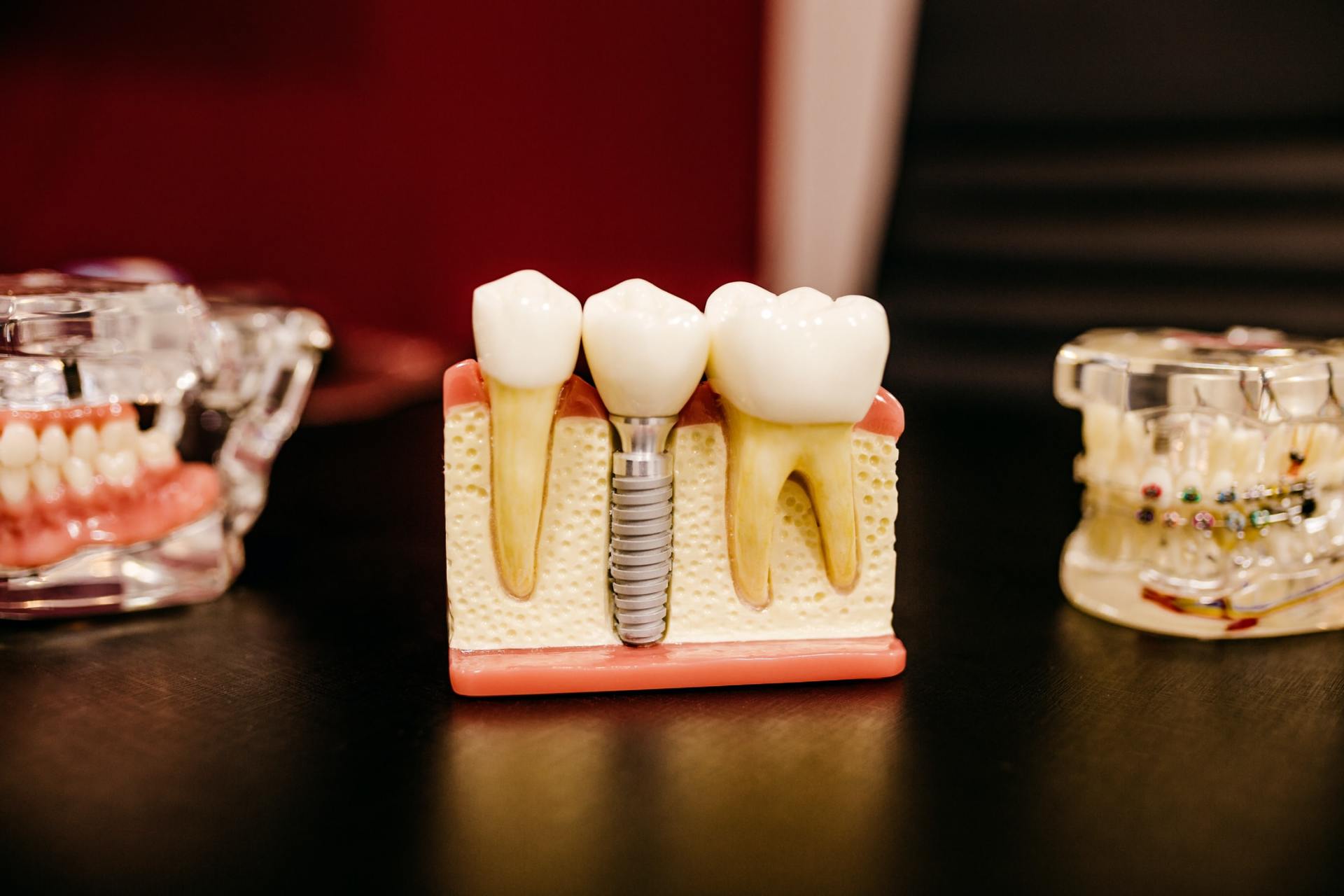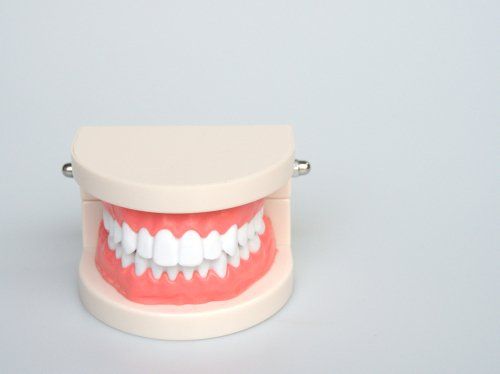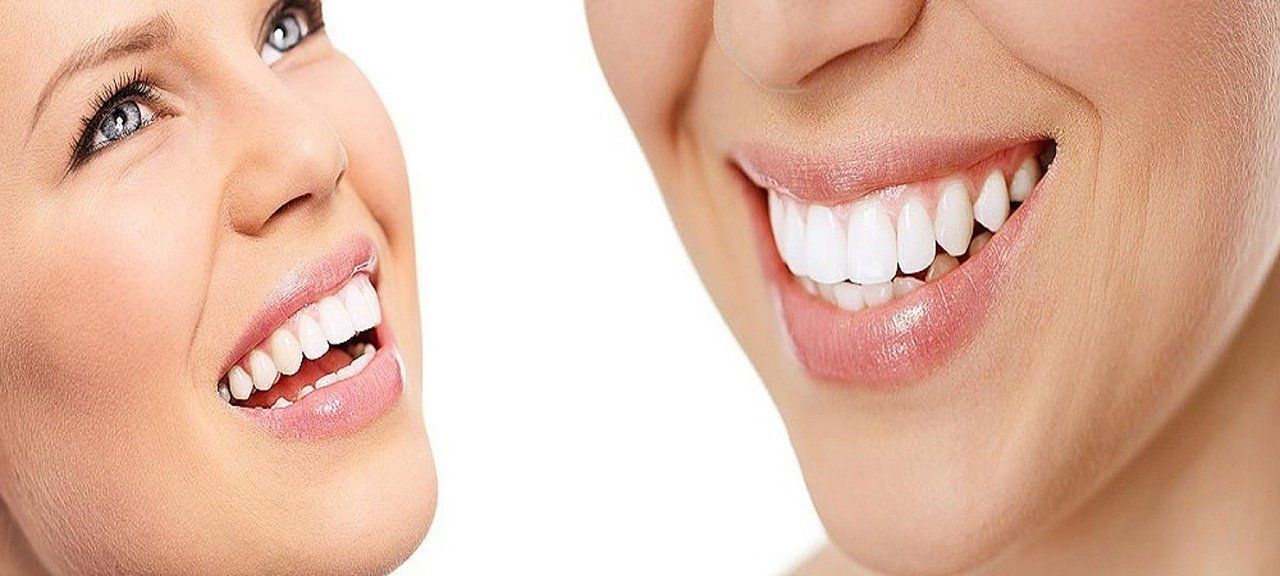TMJ and Oral Health
What is the TMJ and how does it affect oral health?
The TMJ (temporomandibular joint) are two joints located on each side of the head that connect the jaw with the skull, specifically with the temporal bone. They allow us to open and close the mouth and the sliding movements of the jaw, so that thanks to them we can speak and chew food.
The TMJ can present a series of problems or ailments known as temporomandibular disorders (TMD) that are of multifactorial origin, that is to say, they can be due to several reasons and among them we have:
-Injuries or trauma to the jaw or face.
-Arthritis, osteoarthritis or any condition that affects the cartilage.
-Alterations in the bite and malocclusions that produce harmful pressures on the TMJ.
-High states of stress which in turn lead to clenching and grinding of the upper and lower teeth (bruxism).
These conditions prevent the TMJ from performing its functions properly, but they not only affect the temporomandibular joint, but also cause damage to the teeth, gums, muscles of mastication and neck, jaw bone, etc.
In addition to this, temporomandibular disorders are accompanied by a wide range of symptoms that can be mild, moderate to severe, constant or appear from time to time, either spontaneously or under a trigger such as stress.
Signs and symptoms include:
· Pain either in the TMJ and/or surrounding areas, such as the temple.
· Pain and tension in the muscles of mastication or neck, which is exacerbated by palpation.
· Limited mouth opening and difficulty/pain in opening the mouth.
· Limited lateral jaw movement.
· Difficulty in closing the mouth.
· Headaches.
· Shoulder, back and neck pain.
· Noises in the ears/tinnitus.
· Bruxism, which increases the tension exerted on the muscles of mastication, which in turn causes inflammation.
· Clicking or grinding noises are perceived when opening and/or closing the mouth.
· Damage to the teeth such as wear of its structure and hypersensitivity.
· Alterations in the bite such as malocclusions and deviations (this causes difficulties when brushing the teeth, which increases the probability of developing tooth decay and periodontal disease).
· Displacement of the articular disc, lesions in the condyle of the jaw.
For the diagnosis of TMJ disorders it is essential for the dentist to take a medical history and ask a series of questions to find out when the symptoms began, the location and intensity of the pain (if any), among others.
An intraoral check-up should also be performed to evaluate the state of the oral structures, to know if there are any interferences in the bite, dental wear, very high restorations, etc. Other elements that are taken into account are the mouth opening and lateral movements of the jaw.
Similarly, the muscles of mastication, face and neck should also be palpated by means of an intraoral and extraoral examination to determine which are the painful areas, which are the trigger points and if there is joint noise (clicking, crunching, etc.).
Among the complementary examinations to reach an accurate diagnosis are imaging studies such as X-ray and MRI, which allow to visualize and evaluate the condition of the jaw (as would be to know if there is damage to the condyle, for example), or cartilage and soft tissues of the TMJ.
Treatments
The procedures to treat TMJ disorders range from conservative treatments to irreversible therapies. The difference between the two is that the first ones do not cause permanent changes in the structure of the TMJ, jaw or teeth, that is, they are not invasive. These can be:
-Pharmacological therapy with painkillers, anti-inflammatory drugs or muscle relaxants.
-Psychological therapy to reduce and learn to manage stress and anxiety (closely related to bruxism).
-Physiotherapy, which is based on gentle stretching exercises of the jaw to increase its range of motion and apply massage to painful areas. It also includes hot and cold therapies.
-Stabilization splint, which aims to relax the masticatory muscles, reduce tension in the jaw and prevent wear of the dental structure due to grinding and clenching of the teeth (bruxism).
In relation to irreversible therapy this can be composed of:
-Occlusal adjustment in areas of occlusal interferences.
-Orthodontic treatment (braces) when the temporomandibular disorder is caused by bite problems (malocclusions).
-Surgical treatments such as maxillofacial surgery when the temporomandibular disorder is caused by bone alterations.
Although in many cases TMJ disorders resolve on their own, it is also a reality that they can worsen over time, so if you suspect you have a temporomandibular disorder, it is advisable to see your dentist without further delay, to prevent the condition from worsening and compromising your oral and general health.
whitenwithhyten.com - Digital Marketing By Smart Digital
* DISCLAIMER - We use text messaging to contact our patients. By entering your phone number, you consent to texts. Rates and terms apply. Text STOP to opt out.










